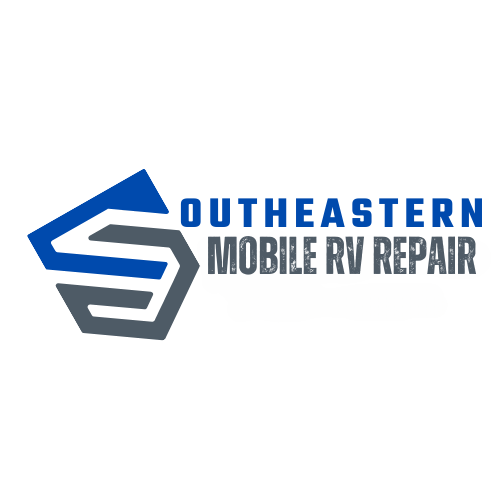Inspecting a camper thoroughly before making a purchase is crucial to ensure you're getting a safe and reliable vehicle.
Here's a checklist of items to inspect:
- Exterior Condition:
- Check for signs of rust, corrosion, or damage to the camper's frame and chassis.
- Inspect the exterior walls and roof for cracks, dents, or water damage.
- Check the condition of doors, windows, and seals for proper sealing and operation.
- Tires and Wheels:
- Examine the tires for signs of wear, cracking, or damage. Ensure they have adequate tread.
- Check the wheels for any signs of damage or misalignment.
- Suspension and Axles:
- Inspect the suspension system for signs of wear, damage, or misalignment.
- Check the condition of the axle(s) and look for signs of rust or wear on components.
- Brakes:
- Test the brakes to ensure they work properly. Look for any signs of brake fluid leaks or worn brake pads.
- Lights and Electrical:
- Test all exterior and interior lights, including headlights, taillights, turn signals, and brake lights.
- Check the camper's electrical system, including outlets, appliances, and wiring.
- Propane System:
- Inspect the propane tanks for leaks, damage, and secure mounting.
- Check the operation of all propane appliances, including the stove, refrigerator, and water heater.
- Plumbing:
- Run water through all faucets, sinks, and shower to check for leaks or plumbing issues.
- Inspect the freshwater and wastewater tanks for damage or leaks.
- Roof and Seals:
- Examine the roof for any signs of leaks, damage, or loose seals.
- Check the condition of all seals around vents, skylights, and edges of the roof.
- Interior Condition:
- Inspect the interior for signs of water damage, mold, or mildew.
- Test all appliances, including the refrigerator, stove, oven, microwave, and heating/cooling systems.
- Furniture and Fixtures:
- Check the condition of all furniture, cabinets, and fixtures for signs of wear or damage.
- Verify that all drawers and cabinet doors open and close properly.
- Slide-Out Mechanism (if applicable):
- If the camper has slide-outs, test the slide-out mechanism for smooth operation and proper sealing when extended and retracted.
- Safety Features:
- Ensure that all safety features, such as smoke detectors, carbon monoxide detectors, and fire extinguishers, are in working order.
- Documentation:
- Verify that the camper comes with all necessary documentation, including the owner's manual, maintenance records, and title.
- Hitch and Coupler (if applicable):
- If you're towing the camper, inspect the hitch, coupler, and safety chains for proper operation and secure attachment.
- Test Drive (if possible):
- If you can, take the camper for a test drive to assess its handling, braking, and overall roadworthiness.
- History and VIN Check:
- Research the camper's history and obtain a vehicle history report, if possible. Verify the VIN (Vehicle Identification Number) to ensure it matches the title and records.
- Mechanical and Engine (if applicable):
- If the camper has a built-in engine, have it inspected by a qualified mechanic to check for mechanical issues.
Always consider having a professional RV inspector perform a thorough inspection, especially if you're not experienced in assessing campers. This can help identify hidden issues and ensure your potential purchase is a sound investment.
